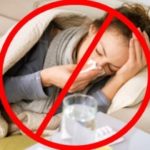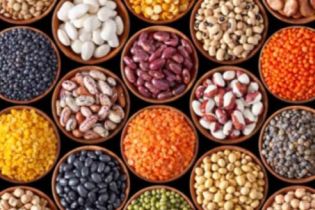SOY – finally one bit of good news


Over the years, many Healthy by Nature guests have discussed the many problems with most forms of soy. I’ll review some of that below, but first some good news:
A newly published 11-year Japanese study of almost 93,000 persons showed important benefits from certain food products made from fermented soy. The foods miso and natto were associated with a lower risk of “all cause” mortality. Natto, in particular, showed a significant association with reduced cardiovascular disease. Other forms of soy were not associate with these benefits.
You may only know miso from the soup of that name served in Asian restaurants. I often use miso paste to add flavor depth to dishes—especially vegetable soup. I recommend Miso Master Organic brand found in the refrigerated section of natural foods markets. I tried natto when I was in Japan. To me it tasted as bad as it smelled (something like a rotting used sweat sock). I’m glad to report that Kyolic, put in their blood pressure Formula 109 capsules a concentrate of the active natto property (and no icky smell). Formula 109 also includes wisely the massively studied Kyolic Aged Garlic and the calming amino acid, L-Theanine.
There is NOT GOOD NEWS for other forms such as soy protein, soy milk, tofu, edamame, etc.
- Anthony Jay, PhD talked about hormone disruptors during his January 11 interview. He wrote me later to assure I knew that soy was associated with thyroid
- Steven Gundry, MD talked about inflammatory lectins in his November 9 interview. He says that lectins (components plants create to protect themselves by being eaten by animals) are a major cause of leaky gut, arthritis, obesity and many diseases. Because soy is very high in lectins, he thinks that it is one of the worst foods. On Facebook he said: ““The soy industry lied to you to make money.”
- More than 75% of soy (unless certified organic) is genetically modified (GMO) and contaminated with glyphosate weed killer. Study
- The following two quotes are from Michael Pollan in his book, In Defense of Food: An Eater’s Manifesto:
“You may not think you eat a lot of corn and soybeans, but you do: 75 percent of the vegetable oils in your diet come from soy (representing 20 percent of your daily calories) and more than half of the sweeteners you consume come from corn (representing around 10 percent of daily calories).”
“The soybean itself is a notably inauspicious staple food; it contains a whole assortment of “antinutrients” – compounds that actually block the body’s absorption of vitamins and minerals, interfere with the hormonal system, and prevent the body from breaking down the proteins of the soy itself.”
The food industry talks up soy, but there are whole books on what is wrong with it. I’m glad to see the study showing benefits from fermenting soy. Fermentation reduces the problems with foods and makes them more powerful. I am a fan of Dr. Ohhira’s Probiotics because it is a concentrate of many wonderful fermented foods.



























